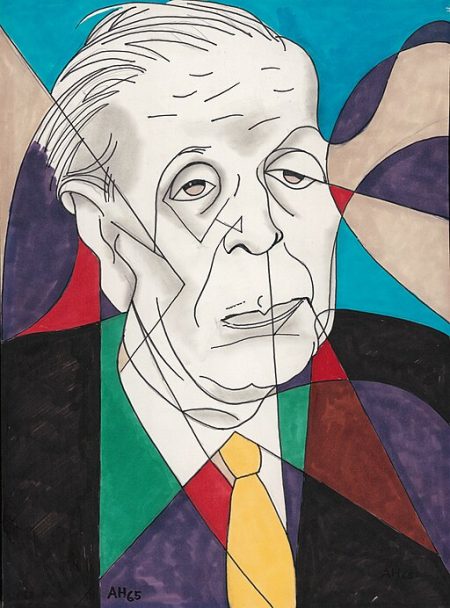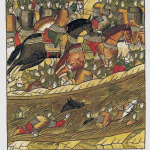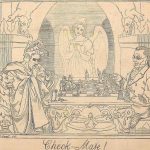
I read Borges’ story “Pierre Menard, Author of Don Quixote,” but not in chronological fashion. I’m tempted to say “not in the fashion the author intended,” but there’s no way to know that. But I can say, unequivocally, that I “read around” in it before reading it properly, and spent the majority of my time on page 53 of the Grove Press edition1, in which Borges quotes Cervantes and Menard as follows:
“…truth, whose mother is history, who is the rival of time, depository of deeds, witness of the past, example and lesson to the present, and warning to the future.”
I was impressed with this quotation but confused as to how the two seemingly identical quotes differed. I read the Cervantes version again. Then the Menard version. They still seemed the same. Had I missed something? I read them side by side. The same, truly and indisputably identical. And yet I read on the same page that there are “vivid” contrasts in style and content between Menard’s version and Cervantes’.
It wasn’t until I skipped back a page that I found the solution to the puzzle: “The text of Cervantes and that of Menard are verbally identical,” Borges writes, making this a Borgesian joke unlikely to be encountered since most people start at the beginning of a story and read toward the end…
The joke more often encountered is the narrator’s conclusion that the two texts are identical “but the second is infinitely richer.” Ha! this is funny because it’s impossible, we say. But of course, in the world of ficciones, we are wrong.
The meaning of a text changes depending on the context assumed by the reader. If the reader thinks (as Borges suggests) that The Imitation of Christ2 was written by James Joyce, they are likely to interpret it differently than if the reader thinks it was written by Céline. Borges calls this “a new technique…of reading,” involving “deliberate anachronism and erroneous attributions” to create a “renovation” of the original.
Which is more important, then, the truth or the text? Perhaps it depends on the text.
1 Of the collection Ficciones
2 In fact, it was written by Thomas á Kempis sometime before 1440.
Photo credit: Adolf Hoffmeister, CC BY-SA 4.0 <https://creativecommons.org/licenses/by-sa/4.0>, via Wikimedia Commons




